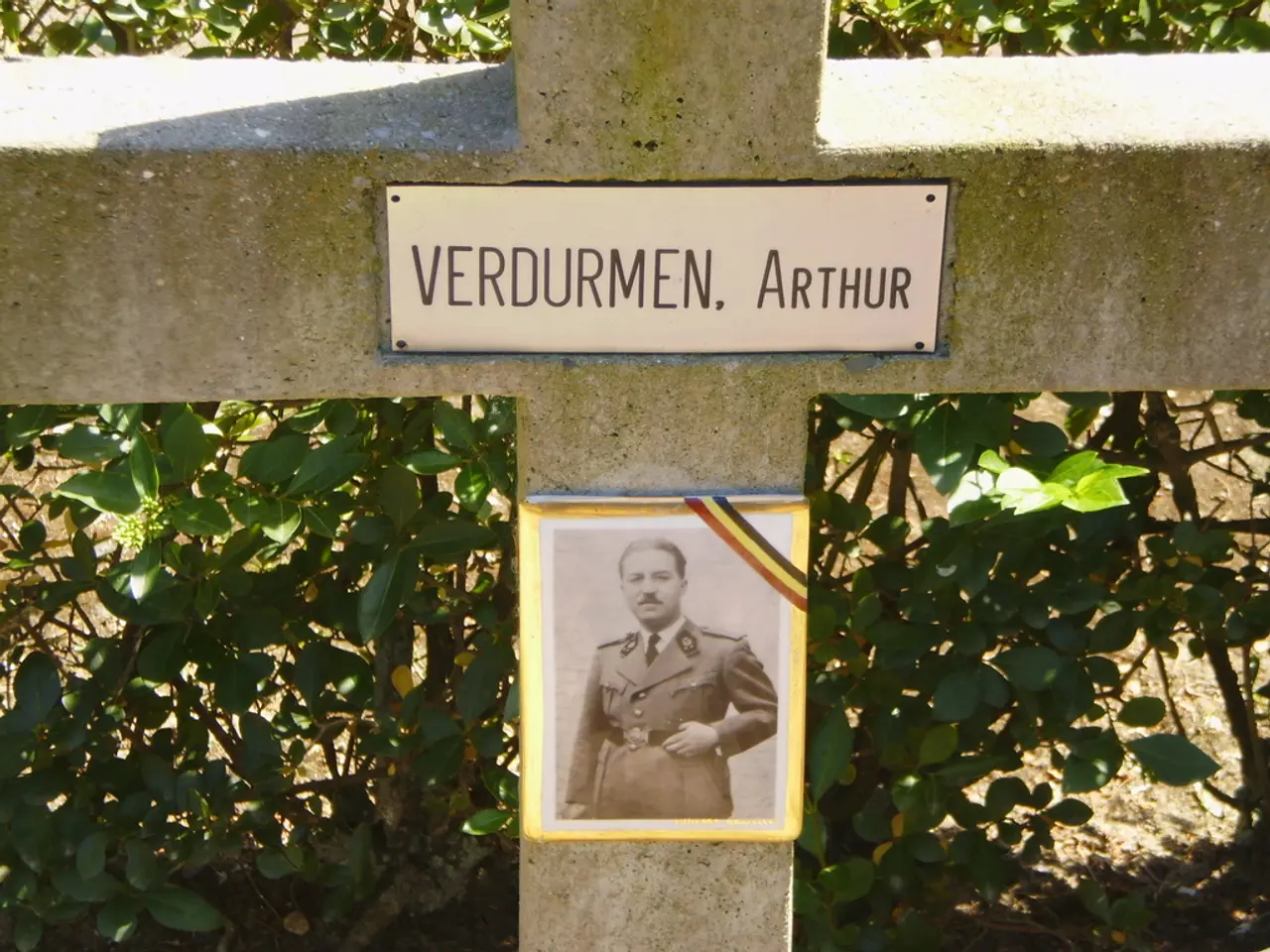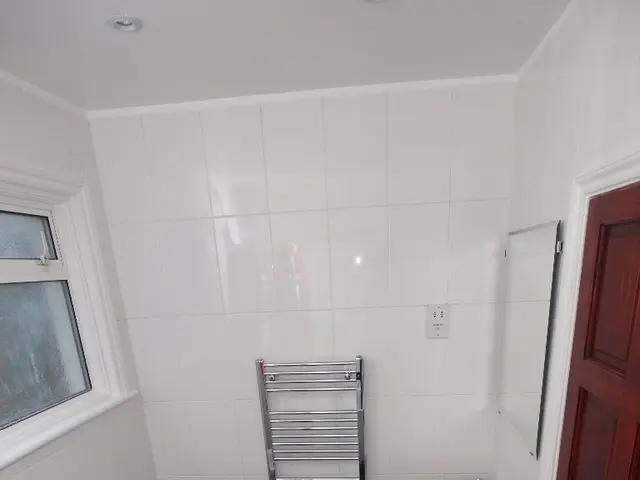Vertical Planting: Strategies for Skyward Cultivation
In the modern world, space is a precious commodity. This is why vertical gardening has gained popularity as an innovative solution for maximizing your growing area. Here's a guide to help you choose the best vertical garden setup for your space, budget, and style.
Choose a Vertical Garden Type
- Green Wall (Living Wall): A sophisticated and stylish setup mounted on walls, featuring plants rooted in a frame equipped with waterproof panels and a built-in drip irrigation system. While it requires an initial investment, it demands minimal maintenance.
- Pallet Planter: An affordable and rustic option using repurposed wooden pallets, either standing sideways as shelves or mounting small pots. Perfect for beginners and DIY enthusiasts.
- Gutter Garden: Uses repurposed gutters mounted horizontally or suspended vertically with steel cables. Ensure to drill drainage holes. Suitable for sleek, modern looks and maximizing space.
- Hanging Pots: Ideal for balconies or small spaces, combining rustic elements with practicality. Use threaded rods and flanges for stable, even spacing.
Support Structure and Space Utilization
A pre-existing fence is a cost-effective and sturdy support for most vertical garden types. For small yards or balconies, maximize vertical space to increase planting area and improve garden aesthetics.
Watering and Irrigation
Vertical gardens typically need more frequent watering since soil dries faster. Water from the top, allowing gravity to distribute moisture downward, or use a built-in drip irrigation system especially for green walls.
Recommended Products
- Vertical Garden Kits with frames, waterproof liners, and irrigation systems are available for green walls.
- DIY materials like pallets, gutters, hanging pots, threaded rods, and flanges can be sourced locally for custom setups.
- For beginners, small modular planters designed for vertical mounting can simplify installation.
Plant Selection Tips
Choose plants suitable for vertical growth and your local climate. Kitchen herbs, succulents, ferns, or small flowering plants work well in vertical setups.
Guides and How-Tos
Comprehensive online guides and YouTube tutorials provide detailed instructions on types, installation, and maintenance. Explore guides that answer FAQs about living versus artificial vertical gardens to match your lifestyle and aesthetic preferences.
Product Recommendations
- The Eve indoor vertical hydroponic garden system uses LED grow lights for optimal plant growth and has a built-in water and nutrient reservoir, accommodating up to 36 plant pods.
- The Garden Tower 2 Growing Kits come with organic soil and seeds for planting, have a built-in composting system, and can support the growth of up to 50 plants each. They are designed for a variety of plant types, including vegetables, herbs, and flowers.
- The HighRise self-watering elevated cedar planter has a water reservoir that can hold up to 15 gallons of water.
- Natural cedar raised garden beds, wall mounted trellises, A-Frame trellises, and elevated planters with U-trellis are also available.
Insect Dust Diatomaceous Earth, effective against a wide range of pests, is available in a 4.4 lb size.
With this guide, you're now equipped to create your own vertical garden, be it for an indoor hydroponic setup, a stylish outdoor living wall, or a practical balcony garden. Happy gardening!
A home-and-garden enthusiast might consider installing an elevated cedar planter, such as the HighRise self-watering planter, for a practical and visually appealing vertical garden solution in a small yard or balcony. To match one's lifestyle, choose a vertical garden setup that demands minimal maintenance, like the pallet planter, perfect for beginners and DIY enthusiasts.




